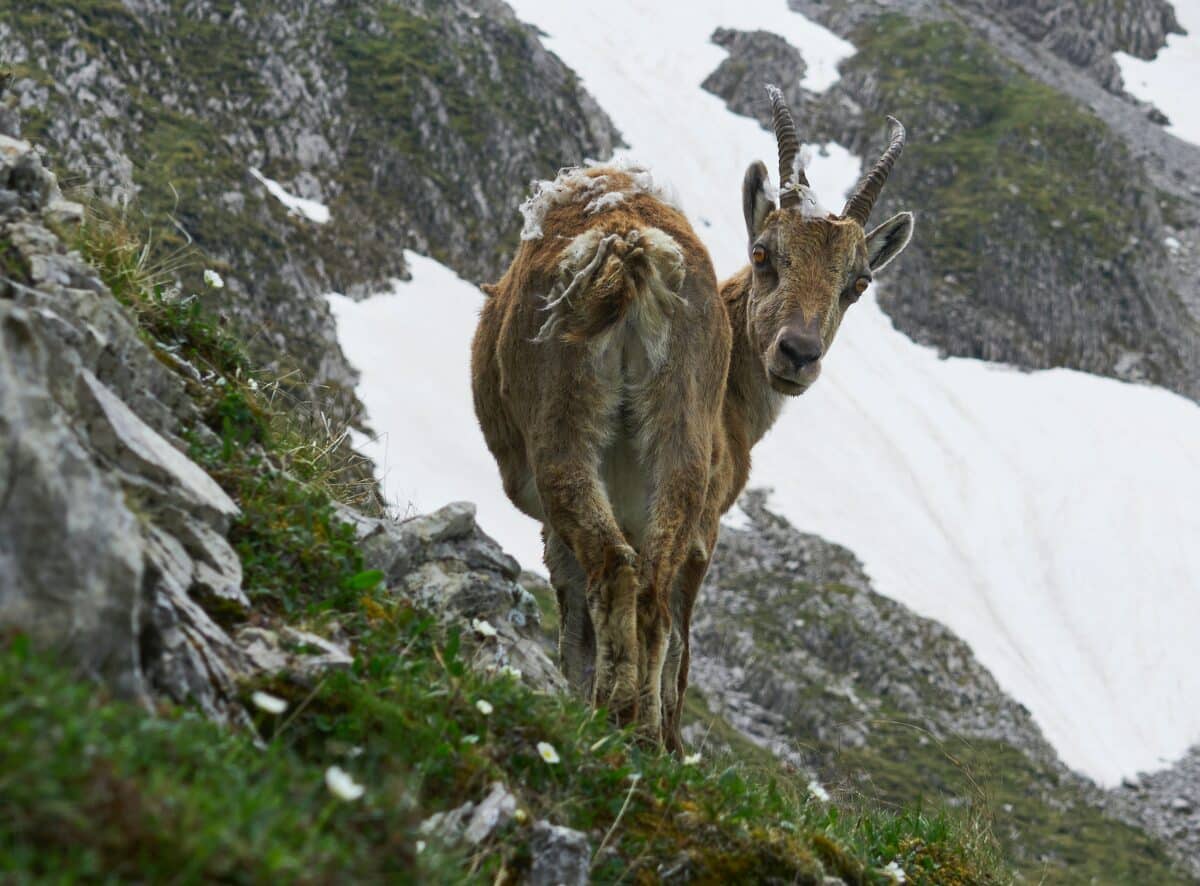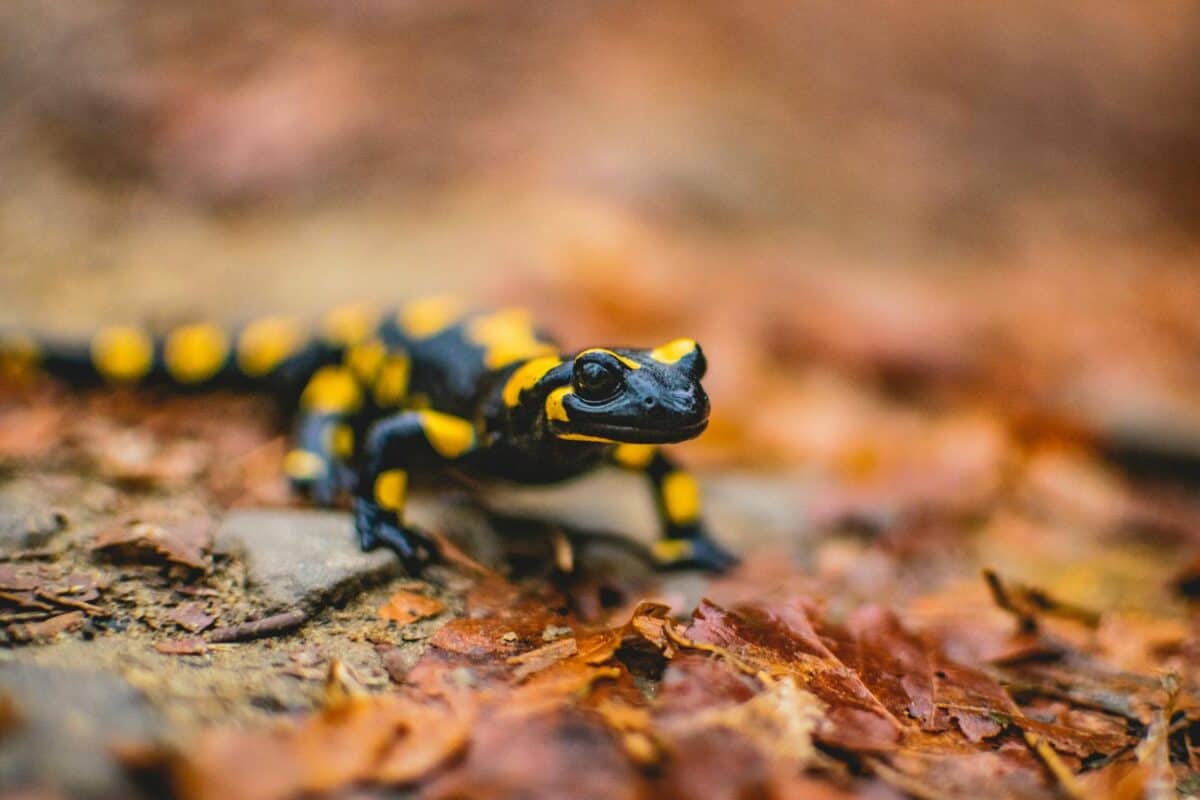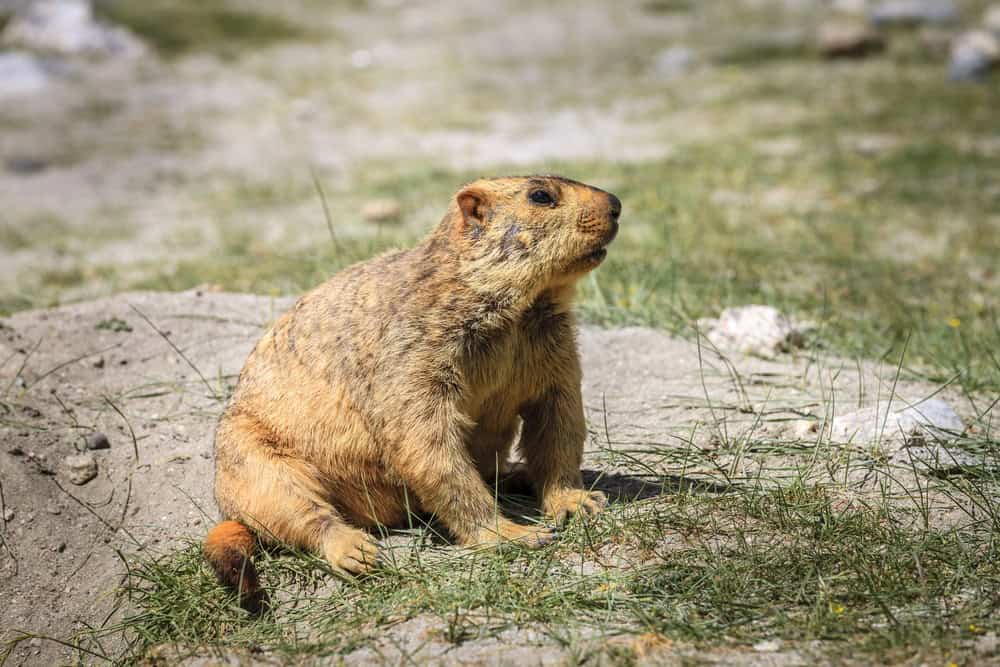Nestled in the heart of Europe, the majestic Alps are not only renowned for their breathtaking landscapes and stunning vistas but also their rich biodiversity. The Alps provide habitat to a vast array of wildlife, each uniquely adapted to the rugged mountainous environment. In this journey through the Alps, we will explore ten fascinating animals that call this region home, showcasing how they have evolved to thrive in one of the world’s most iconic mountain ranges.
Alpine Ibex The Mountain Climber

The Alpine Ibex, with its striking curved horns, is a true symbol of the Alps. Known for their extraordinary agility, these animals are incredibly skilled at navigating steep and rocky terrains. They inhabit areas where human presence is minimal, thriving at elevations between 2,000 and 3,000 meters. The males are particularly impressive, with horns that can grow up to 1 meter long. Their hooves have evolved to grip rugged surfaces, enabling them to escape predators and forage for food even in the harshest conditions.
Eurasian Lynx The Solitary Predator

As Europe’s largest wildcat, the Eurasian Lynx possesses the stealth and cunning necessary to hunt in the dense forests and rocky areas of the Alps. Easily identified by their distinctive tufts of black hair on the tips of their ears and their beautiful spotted fur, these solitary carnivores primarily feed on deer, chamois, and smaller mammals. The reintroduction initiatives in recent decades have been crucial to restoring their population in the alpine region.
Golden Eagle The Sky Sovereign

Among the most majestic sights in the alpine sky is the Golden Eagle. With a wingspan that can reach over 2 meters, these birds of prey are remarkable aerial hunters. They utilize the thermal updrafts of the mountains to soar and scan vast territories for prey, which includes rabbits, marmots, and even young ibex. Their keen eyesight and formidable hunting skills make them apex predators of the alpine ecosystem.
Western Capercaillie The Forest Performer

The Western Capercaillie, Europe’s largest grouse, is a melodious attraction of the alpine forests. During spring, males perform elaborate courtship displays, including unique calls that resonate through the wooded slopes. These birds inhabit mixed coniferous forests, where they feed on a diet of leaves, berries, and insects. Despite conservation efforts, their numbers have declined due to habitat loss and climate change.
Edelweiss Butterfly The Alpine Beauty

Named after the famous alpine flower, the Edelweiss Butterfly is a delicate insect endemic to the Alpine region. These butterflies are most commonly seen during the summer months, fluttering among high-altitude meadows. Their striking white and brown wing patterns allow for camouflage against predators, such as birds. Unfortunately, climate change poses a threat to their habitat, potentially disrupting their lifecycle and migration patterns.
Marmot The Alpine Whistler

The Marmot is one of the most sociable mammals in the Alps and can often be spotted sunbathing or foraging in large colonies. These burrowers are known for their whistling calls, which are used to alert their group to danger. Marmots play a vital role in the ecosystem as they help aerate the soil through their digging activities, promoting plant growth. During the winter, these animals hibernate for up to six months, surviving on the stored fat reserves accumulated during the summer.
Chamois The Swift Wanderer

The Chamois, a nimble and goat-antelope, is another agile resident of the alpine regions. Recognizable by their short, straight horns and distinctive facial markings, Chamois are expert climbers. They can be frequently observed leaping gracefully among cliffs and rocks. Adaptations such as thick fur and a protective undercoat ensure their survival through the frigid alpine winters. Their alertness allows them to detect predators swiftly, marking their territory with loud bleating calls.
Peregrine Falcon The Speedster of the Skies

Revered for its unrivaled speed, the Peregrine Falcon is a master of the skies in the Alps. Capable of reaching speeds over 320 km/h during flight, this avian predator is known to dive in spectacular stoops to catch prey mid-air. These falcons inhabit cliff faces and mountain edges, where they make their nests. The resurgence of their population in recent years can be credited to dedicated conservation efforts that focus on habitat protection.
Alpine Salamander The Storm-Tolerant Amphibian

The Alpine Salamander is a unique amphibian adapted to life at high altitudes, often found inhabiting mountainous forests and pastures. Its black, glossy skin is both a means of camouflage and a protective mechanism against the cold and damp alpine climates. Uniquely, this salamander gives birth to live young, a rare trait among amphibians, aiding in the survival of its offspring in the harsh alpine environment. Unable to tolerate major environmental changes, they remain sensitive indicators of ecological health.
Wallcreeper The Cliff Acrobat

The Wallcreeper, with its crimson and gray plumage, defies gravity as it clings and flutters along cliff faces and rockeries. This small bird uses its slender, curved bill to forage for insects lurking in crevices, showcasing its extraordinary climbing prowess. Its distribution is limited to mountainous regions where rocky habitats abound. The wallcreeper’s elusive nature and restricted range make sightings a cherished experience for birders exploring the Alps.
The Impact of Climate and Human Activity

The unique biodiversity of the Alps is under pressure from both climate change and human activities. Rising temperatures and melting glaciers are altering habitats, pushing species to retreat to higher altitudes. Additionally, increased tourism and development threaten natural landscapes. Conservation strategies are crucial in preserving this delicate ecosystem and providing long-term protection to its resident species.
Conservation Efforts in the Alps

Various measures have been undertaken to safeguard the wildlife of the Alps. Protected areas and national parks have been established, creating a refuge for endangered species. Collaborative efforts between countries are key, as the Alps span several national borders. Educational programs and sustainable tourism initiatives aim to raise awareness and reduce the human footprint in these fragile environments, ensuring that these magnificent species can continue to thrive.
Conclusion

The Alps stand as a testament to nature’s grandeur, hosting an intricate tapestry of life that enchants and inspires. From the graceful leap of the chamois to the soaring flight of the golden eagle, each species brings its unique charm and significance to this vast landscape. While challenges persist, committed conservation efforts continue to offer hope for preserving the ecological legacy of the Alps, ensuring future generations can witness its wonders.
- 14 Myths About Horses (Busted by Experts) - August 9, 2025
- Why Orcas Are Outwitting Great White Sharks Near the California Coast - August 9, 2025
- 12 Reasons Idahos Dogs Might Be the Happiest in the U.S. - August 9, 2025
